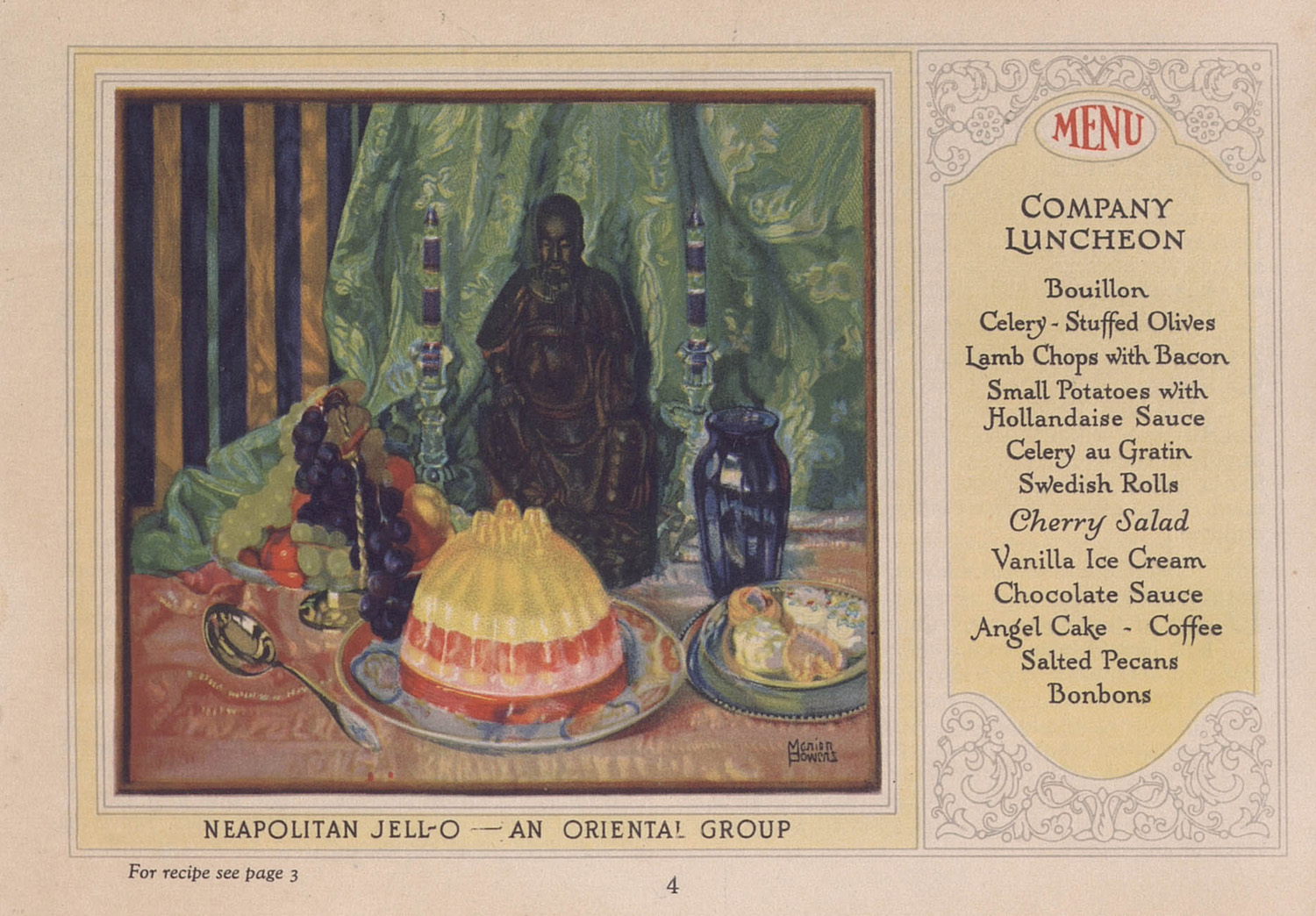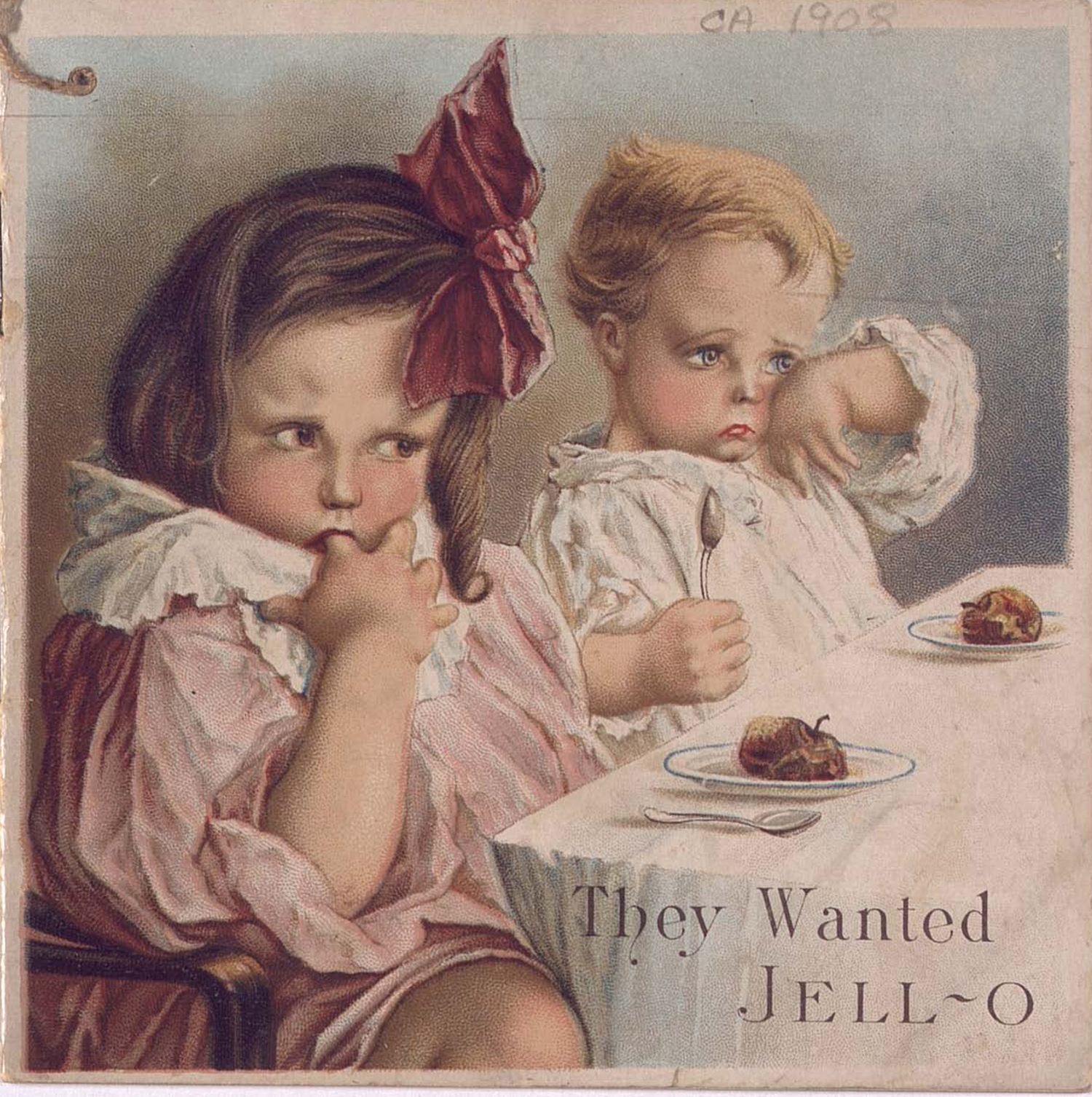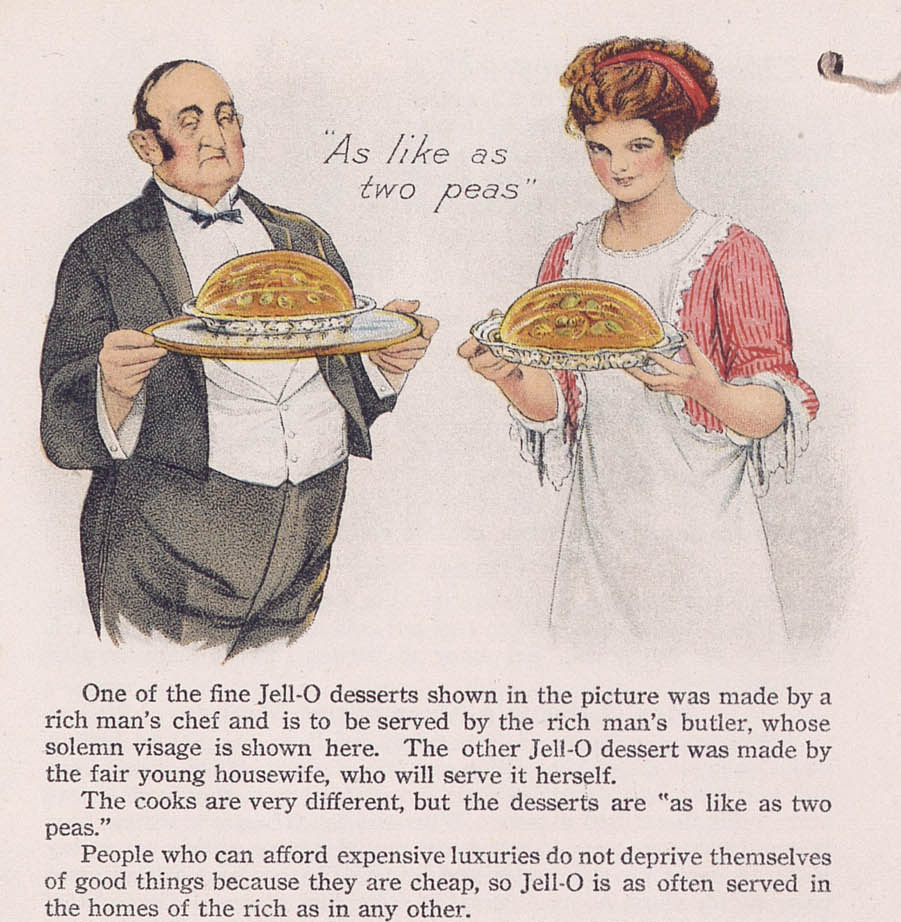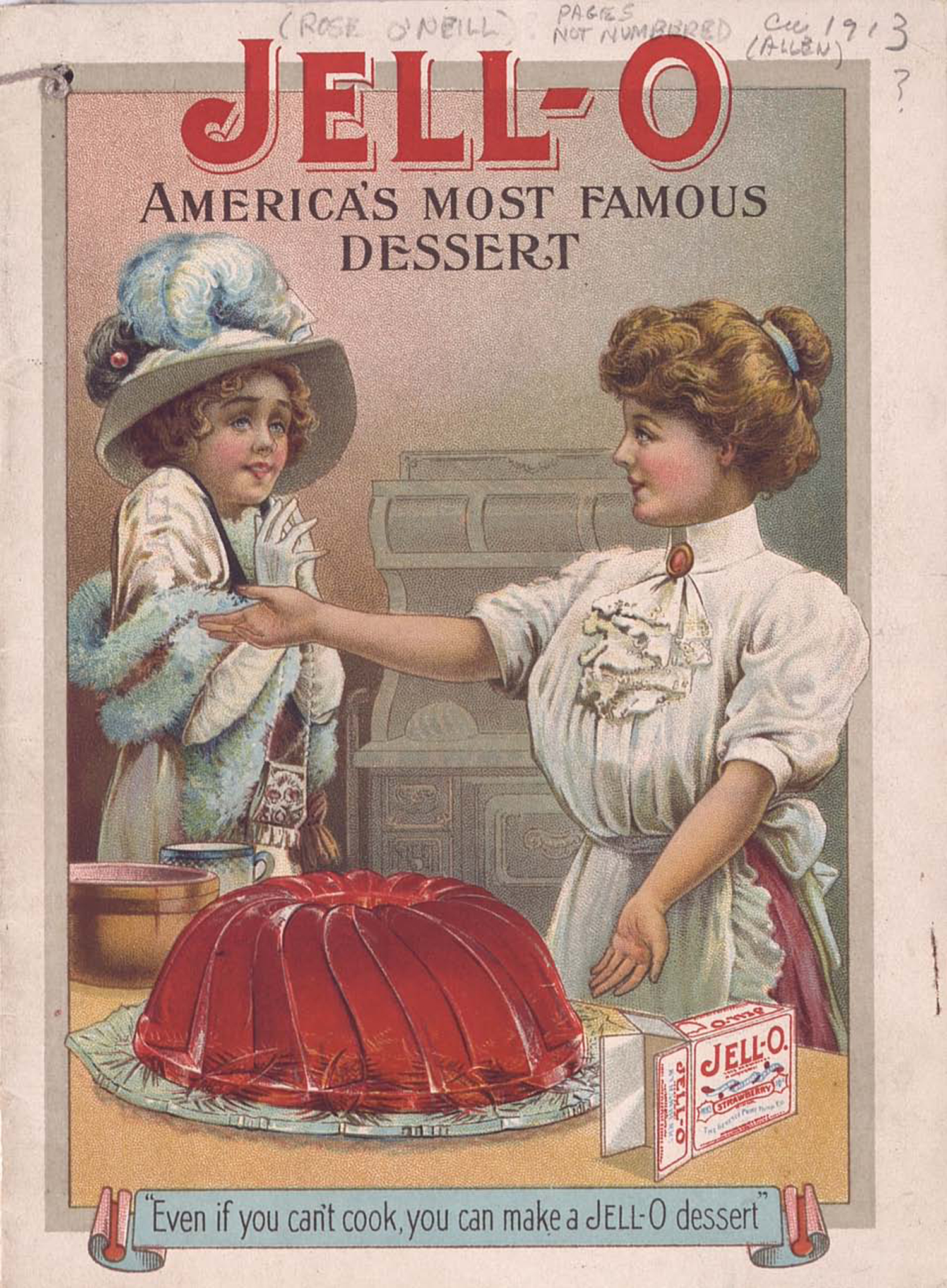About these posts:
The phrase “diverse city” was what I first got when I tried to put the word “diversity” into the note-taker on my phone. At first I was amused, and then I started thinking about it. It’s a phrase that, for me, speaks to some of the things that diversity means.
Only some, of course, but indulge me in the metaphor for a moment: advances in the technology of communication mean that more and more we live in what’s tantamount to a world city – and an extremely diverse one – and, like urbanites everywhere, we need to learn to somehow get along with each other, learn to accommodate each other’s patterns and ways of seiing the world, in order for the polis and our lives in it to run with a minimum of misunderstandings, collisions, and civic catastrophes.
One of the things that happens in a city is that people encounter and get curious about each other's foodways. (In fact, it seems to have happened throughout the history of civilization, almost any time one culture has encountered another.) That will be one theme of this monthly post.
Leaving the urban metaphor, historical culinary materials are also full of representations of age, race, class, gender, nationality, regionality, and other vectors of identity, whether self-defined or other-imposed. Some of these materials are postively rife with descriptions, depictions, images, stereotypes, and caricatures.
Many are strikingly egregious, appalling, or maddening, but preserving the record of the attitudes to which they bear witness is important to our understanding of history, and to the evolving conversation about diversity.
In January, we’ll unveil a digital exhibit, guest curated by Dr. Nicole Tarulevicz, Senior Lecturer in Asian Studies at the School of Humanities of the University of Tasmania, on depictions of the exotic in early 20th century Jell-O advertising.
Yes, Jell-O.
The Jell-O company (actually various companies throughout the brand’s early history) was an enthusiastic and prolific advertiser, creating and distributing numbers of booklets, pamphlets, brochures, and die-cuts, many of them colorfully and lavishly illustrated, some by noted artists like Maxfield Parrish, Norman Rockwell, and Rose O'Neill, “mother” of the Kewpies.
Here’s an example of what will be in the exhibit: a layered Jell-O mold in an imagined (and non-specific) Oriental setting, by muralist and illustrator Marion Powers, who did several Jell-O advertisements.

Jell-O, America's most famous dessert. 1926 p.4. [Culinary ephemera : gelatin and tapioca]. Box 267. Item 32,
In reviewing materials for the exhibit, I also found striking images of age, class, and gender, a few of which are below.

They wanted Jell-O. 1909? Cover.
[Culinary ephemera : gelatin and tapioca]. Box 267. Item 6.

Jell-O, America's most famous dessert. (1912?) p.11
[Culinary ephemera : gelatin and tapioca]. Box 267. Item 9

Jell-O, America's most famous dessert. (1913) Cover
[Culinary ephemera : gelatin and tapioca]. Box 267. Item 11
All but one of these items are from a single box of ephemera but altogether we have 10 boxes of gelatin and tapioca ephemera, totaling ~300 pieces. This is part of our collection of 225 boxes of culinary ephemera.
There’s much more to be said about Jell-O. Please join us for the Exhibit Opening reception, and a talk by Dr. Tarulevicz on January 12th, at 4:30 pm. Jell-O: America’s Most Famous Dessert, At Home Everywhere. Jell-O will, of course, be served.